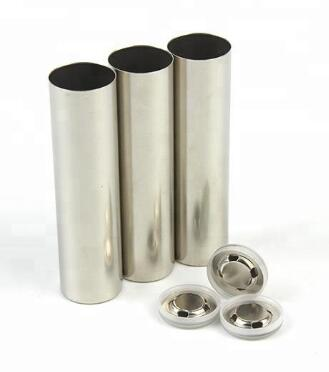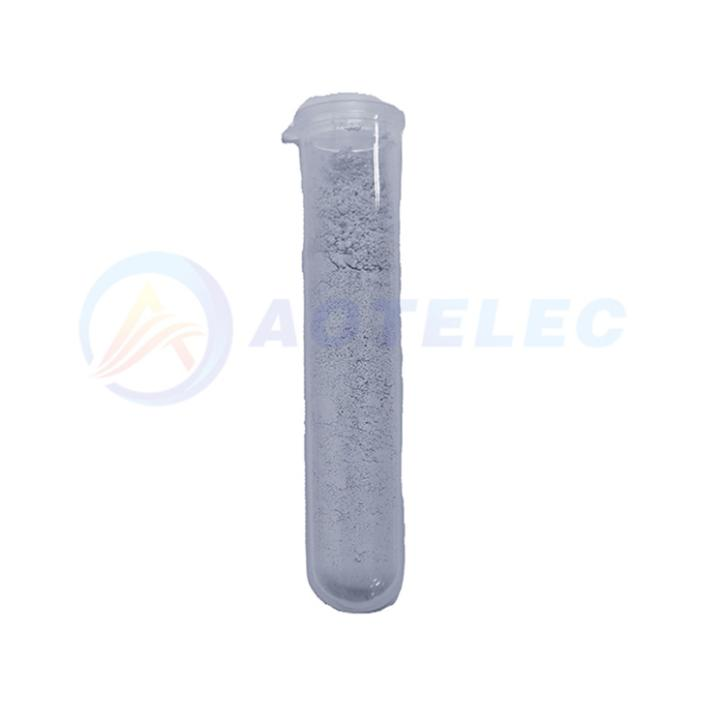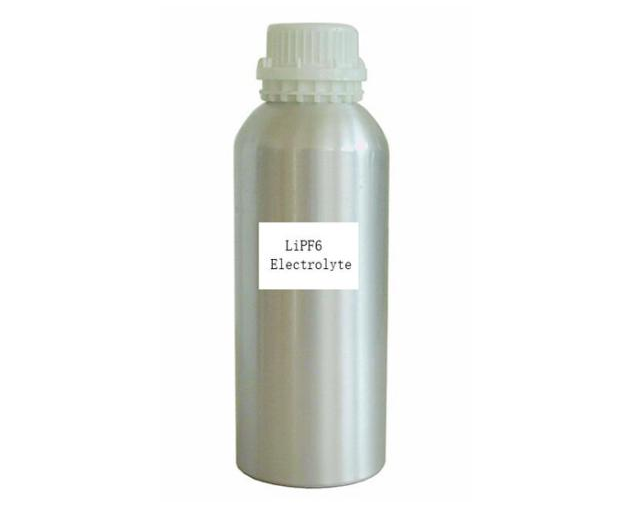Home > News
Sodium battery is a new type of secondary battery, its composition structure is similar to lithium battery, mainly including Cathode material , Anode material , electrolyte and Separator.
The packaging method of sodium battery is similar to that of lithium battery, which can be divided into three categories: cylinder, flexible packaging and square hard shell. The cylindrical battery package material is cylindrical aluminum shell or steel shell, the current common cylindrical lithium battery models include 18650, 21700, 17490,etc., different models of batteries because of their internal assembly structure in the performance of the difference; The packaging material of the soft-pack battery is aluminum-plastic film, which has certain advantages in safety, weight, flexibility of battery design, etc., but its cost is high and the consistency is poor. The packaging material of the square hard shell battery is a square aluminum shell or steel shell, which has the characteristics of higher specific energy and lighter weight, but its production process is difficult to unify, and it is generally customized according to the product size.

Battery cathode materials generally need to have high specific capacity, rich resources, stable structure and high operating voltage characteristics, suitable cathode materials can significantly improve the specific energy of the battery. At present, sodium battery cathode materials mainly include transition metal oxides, polyanions, Prussian blue (white), of which excessive metal oxides can be divided into layered oxides and three-dimensional tunnel oxides according to different structures, when the sodium content is high (x>0.5), oxides are generally layered structure. Due to the low specific charging capacity of 3D tunnel oxide materials in the first week, layered oxide is the main material at present.

Layered oxide has the advantages of high reversible specific capacity, high energy density, high rate performance, and easy technology conversion, which makes it become the mainstream cathode material for sodium batteries at present, and the production technology is relatively mature, but it still has some shortcomings such as easy moisture absorption and slightly poor cycle performance.
Polyanionic materials for sodium batteries have the advantages of high operating voltage, good thermal stability, good circulation, etc. Their disadvantages are low reversible specific capacity, some toxic elements, low intrinsic electronic conductivity, and the cost of the key compound vanadium sodium phosphate, which limit the practical application of such materials.Common polyanion materials include NaFePO4, Na4Fe3(PO4)2P2O7, Na3V2(PO4)3, Na3V2(PO4)2F3, etc.
Prussian blue has a large tunnel structure, which is conducive to the withdrawal and embedding of Na+ during the charge and discharge process of sodium batteries. Its advantages are adjustable operating voltage, high reversible specific capacity, high energy density, low synthesis temperature, and the deficiency is that the existence of crystal water affects the cycle performance. Prussian materials have good electrochemical properties, and after surface modification treatment, the cycle life and utilization rate of active materials are increased, and the thermal stability and reversible specific capacity of the battery are enhanced.
Carbon-based materials, titanium compounds and alloy materials are the main anode materials at present.
Carbon-based materials have the advantages of mature research and development technology, wide source, low price and diverse structure, so they become the first choice of sodium battery anode materials, but also the most likely to achieve industrialization and application of materials.
Carbon-based materials can be divided into graphite and amorphous carbon, mainly amorphous carbon. Graphite material is a carbon-based material with regular layered structure, which is the main negative electrode material of lithium battery, and its mechanism is to realize the lithium storage process through the embedding/removal process of lithium ions. Amorphous carbon is the preferred anode material for sodium batteries because of its internal microcrystalline structure disorder and larger layer spacing, which is more conducive to the embedding and removal of sodium ions. According to the difficulty of graphitization, amorphous carbon can be divided into soft carbon and hard carbon
Sodium battery electrolyte solvents mainly include carbonates and ethers: carbonate solvents can be divided into chain carbonate and cyclic carbonate, in which chain carbonate solvents mainly include dimethyl carbonate (DMC), methyl ethyl carbonate (EMC), vinyl carbonate (DEC); Cyclic carbonates mainly include ethylene carbonate (EC) and propylene carbonate (PC). DMC has the characteristics of low viscosity, good volatility, good electrochemical stability and high dielectric constant, so it has become the mainstream electrolyte solvent.
Sodium salt is used as solute in sodium battery, sodium salt can be divided into fluoride sodium salt, boron-containing sodium salt and other sodium salts according to the difference of anion three categories. Sodium fluoride salts include NaPF6, NaOTF, NaFSI, NaTFSI, etc. Sodium boron-containing salts include NaBF4, NaBOB, NaDFOB, etc. At present, the sodium salt usually used in sodium battery electrolyte is NaPF6, which is made based on the LiPF6 production process, with low replacement cost and good electrical conductivity, and its conductivity is 7.98mS/cm, which is the mainstream sodium salt at present.

In addition, the sodium battery Separator basically follows the lithium battery, mainly including PP Separator and PE Separator. A good diaphragm should have a rich pore structure, uniform pore size distribution, appropriate thickness, standard mechanical strength, appropriate porosity, good thermal conductivity and iodine chemical stability, which helps to promote sodium ion conduction. PP Separator and PE Separator are widely used in lithium batteries because of their strong corrosion resistance and high strength. Because sodium battery technology and lithium batteries are in the same vein, so the current sodium battery basically uses lithium battery separator.
Aluminum Foil can be used for both positive and negative fluid collectors of sodium batteries, which has significant cost advantages. Because sodium ions are difficult to react with aluminum foil to form alloys, and aluminum foil has excellent electrochemical stability, thermal stability, electrical conductivity, mechanical properties, so sodium batteries can use aluminum foil for positive and negative fluid collectors. The price of aluminum foil is much lower than that of copper foil,which has a significant cost advantage and is conducive to further reducing the cost of sodium battery materials.
Sodium batteries use carbon nanotubes. Conductive agents include carbon black, VGCF, carbon nanotubes, etc., compared with traditional carbon black conductive agents. Carbon nanotubes as one-dimensional nanomaterials, light weight, hexagonal structure can be well connected into different structural states, in the fast charge, cycle, low temperature performance is excellent, is expected to be used in the battery proportion will gradually increase. Since the radius of sodium is larger than that of lithium, the chemical bond energy of sodium ion is smaller than that of lithium ion. The main technical route of sodium batteries is relatively low conductivity, so most systems need to add carbon nanotubes or carbon nanosheets to the positive electrode material to improve the conductivity of the battery.
Contact: Lika
Phone: +86-19906035385
Tel: 0086-592-7161550
Email: sales@aotbattery.com
Add: No.168, Zhaogang Road, Xiamen City, China